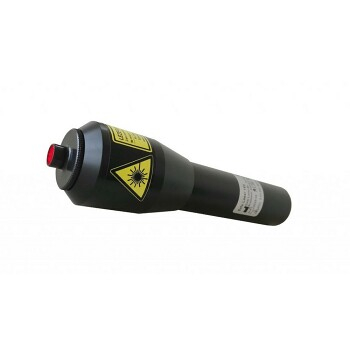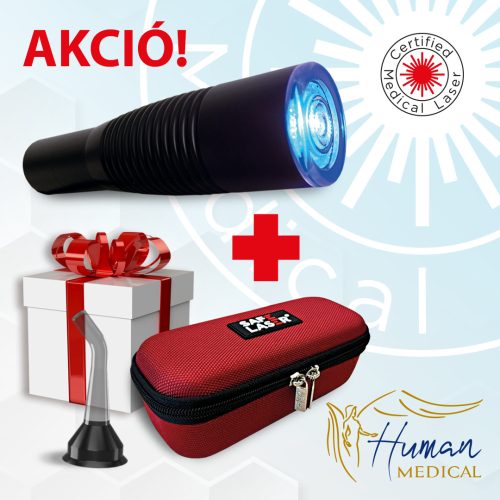Good Advice For Deciding On A Safe Laser Treatment
Good Advice For Deciding On A Safe Laser Treatment
Blog Article
What Is The Safe Low-Level Laser Therapy (Lllt)?
Safe Laser Low-Level Laser Therapy (LLLT) is able to aid in a variety of dental issues by utilizing multiple mechanisms. Reduced inflammation - LLLT helps reduce inflammation by limiting proinflammatory cytokines, and by encouraging anti-inflammatory mediators. For dental issues such as periodontitis and gingivitis, LLLT can help reduce inflammation of the gums and improve gum health.
LLLT accelerates the healing process and regenerates tissues through promoting cellular metabolism. LLLT has been proven to speed up the healing process of wounds as well as reduce post-operative pain during dental procedures, like periodontal or oral surgery.
Relief from pain LLLT helps reduce pain by altering nerve conductivity as well as reducing pain mediators like substance P. It can also help to reduce pain and sensitivity after dental procedures.
Disinfection LLLT has antimicrobial qualities that can reduce bacterial load within the mouth cavity. It is used as an adjunctive treatment in treatment of oral infections, such as oral ulcers or peri-implantitis, through promoting the clearance of bacterial infections and preventing further spread of the infection.
Treatment for Temporomandibular (TMJ) problemsLLLT can help reduce tension and inflammation within the temporomandibular (TMJ) that can help relieve discomforts like jaw pain, clicking, or popping noises, and the inability to move your jaw due to TMJ disorder.
Oral Mucositis Reduction- LLLT has been proven to decrease the extent of mucositis in the oral cavity. Oral mucositis can be a side effect that occurs frequently with chemotherapy and radiation treatment for cancer patients. It can relieve pain and promote healing in the oral mucosal lesions.
The growth of healthy gingival tissuesGrowth of Healthy Gingival Tissues LLLT has been demonstrated to stimulate the proliferation of gingival fibroblasts and promote the development of healthy gingival tissue. This can be beneficial in treating gingival recession or in promoting the attachment of gingival tissues to dental implants.
It is safe Laser low-level laser therapy is a safe, non-invasive, drug-free way to manage a variety of dental problems. It can promote faster healing and relief from pain as well as improve oral health. However, it's important to consult a dentist specialist for a proper diagnosis and treatment recommendations prior to making use of LLLT for dental conditions. View the recommended lágylézer for blog tips including orvosi lágylézer, mozgásszervi betegségek kezelése, otthoni lézer kezelés, lagylezer terapia, laser kezelés, mozgásszervi problémák, safe laser készülék, safe laser készülék, lágylézer készülékek, lágy lézer vélemények and more.
What Are The Benefits Of Safe Laser For Ear, Nose, Sinus, And Throat Issues?
Safe Laser Low-Level Laser Therapy (LLLT) can aid with a myriad of ENT (ear nose, ear, and throat) issues by a variety of ways. Reducing inflammation- LLLT's anti-inflammatory capabilities can help reduce swelling in tissues around the ear and the nose. This can be helpful for conditions like sinusitis or tonsillitis where inflammation is a factor in the manifestations such as nasal obstruction, sore throat or discomfort in the ear.
Pain Relief- LLLT alters the perception of pain by altering nerve conduction and decreasing the release of pain mediators such as substance P. In ENT conditions, LLLT can help alleviate discomfort caused by earache, sore throat or sinus pressure.
Improved Tissue Repair and Regeneration- LLLT enhances healing and regeneration of tissues by stimulating cellular metabolism and proliferation. In ENT conditions like otitis media (middle ear infection) or pharyngitis (sore throat), LLLT can help accelerate the healing process of damaged or damaged tissues.
Improved blood circulation LLLT stimulates microcirculation aswell by vasodilation. The result is an increase in blood flow to the affected region. A better blood circulation will facilitate the transfer of oxygen and nutrients to the tissues, promoting healing and decreasing inflammation.
Antimicrobial effects - LLLT has been proven to have antimicrobial properties. This can help reduce viral and bacterial burdens in the nasal and throat passages. This is beneficial in the treatment of infections such as tonsillitis or sinusitis.
The relief of allergic symptoms - LLLT can ease symptoms that are associated with allergy rhinitis as well as hay fever, by reducing inflammation within the nasal passages. It can help reduce nasal congestion, itching and nasal sneezing.
Treatment of TinnitusManagement of Tinnitus LLLT has been investigated as a potential treatment for tinnitus. It is a condition characterized by ringing or buzzing in the ears. LLLT is believed to enhance blood circulation and lessen inflammation in the auditory system, resulting in a reduction of the tinnitus.
Overall, Safe Laser low-level laser therapy offers a non-invasive and drug-free approach to treat a variety of ear, nose, and throat issues, bringing relief from symptoms and speedier healing. However, it is essential to speak with an ENT specialist to get the right diagnosis and treatment suggestions prior to making use of LLLT to treat ENT conditions. View the top rated lágylézer for more tips including lagy lezer, gyógyító lézer készülékek, lágylézer árak, orvosi lágylézer, lézer bérlés, gyógyító lézer, lágy lézer, lágylézer vásárlás, lágylézer készülékek, lagylezer terapia and more. 
What's The Length Of Time Before A Dental Laser Is Able To Be Utilized For Treating Dental And Oral Conditions?
Safe Laser Low-Level Laser Therapy (LLLT), can provide numerous advantages for oral and dental conditions. The results will vary according to the particular condition which is being treated, how serious the problem is, the patient's general oral health, as well as his/her response to treatment. In most cases, a series of LLLT treatments over a certain time frame is necessary to achieve the best results.
Type and SeverityThe degree and severity or dental or oral condition that is being addressed will determine the frequency of LLLT sessions. The conditions like gingivitis periodontitis, oral ulcers, or temporomandibular joints (TMJ) conditions may require different treatment approaches and various numbers of LLLT sessions.
Individual Response to Treatment- Certain factors, such as oral health, immunity, and healing capacity can influence the way a patient reacts to LLLT for oral and dental ailments. Certain people may react faster to treatment and show quicker improvement in symptoms however, others might require extended therapy.
Treatment Protocol - The treatment plan suggested by a dentist can have a big impact on the amount of LLLT sessions are required for dental and oral conditions. Healthcare providers can tailor treatment plans according to the specific needs of the patient. This could include scheduling LLLT at different times throughout the day or several sessions per week.
Chronic vs. Acute Conditions - The distinction between chronic and acute conditions can impact the number of LLLT sessions needed. For acute conditions, such as oral ulcers or pain following surgery might require only a few sessions of LLLT for relief. Chronic ailments like TMJ disorders or periodontitis are likely to require more treatment.
Certain people might see improvements in their dental and oral health after just a couple of LLLT treatments, while others may need an extended period of treatment for the most effective results. If you wish to reap the maximum advantages from LLLT to treat oral and dental issues it's essential to adhere to a treatment plan prescribed by a professional dentist. In addition, it is essential to check your oral health on a regular basis and communicate with a dental professional to ensure that you're receiving the correct treatment and to make any needed adjustments.